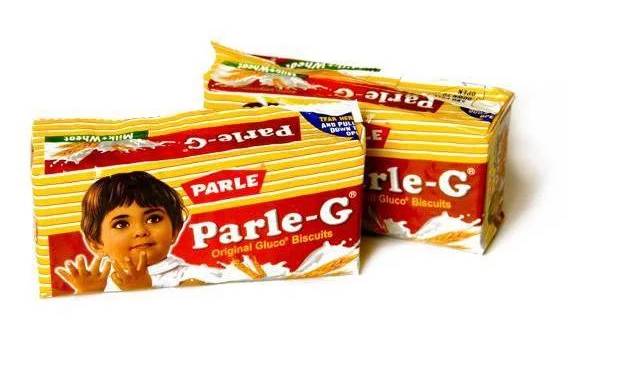Parle Products Private Limited, one of the most iconic food brands in the country, has reported 15.2 percent profit growth in FY 19. The company’s profit increased from 355 crore rupees in FY 18 to 410 crore rupees in FY 19.
The company was founded in 1929 and over decades it became the largest biscuit selling company in the country. The company employs 1 lakh people in 10 owned facilities and 125 contract manufacturing units.
In August this year, it was reported that Parle is planning to lay off 10,000 workers due slowing demand in rural areas. A company executive said that the after the imposition of GST, the demand for the biscuits has moved southwards, as the council put it in higher tax slab.
37th GST Council meeting was held on September 24 and the company was trying to build pressure on the council to bring biscuits of 100 rupees per kg in 5 percent tax slab. Currently, biscuit with price above 100 rupees per kg are in 18 per cent slab. “Consumers here are extremely price-sensitive. They’re extremely conscious of how many biscuits they are getting for a particular price,” said Mayank Shah, category head at Parle.
This became big news and media projected the story as the slowdown was so severe that people could not afford even 5 rupee biscuits. Following that war broke out on social media, with one side presenting arguments that slowdown is severe and Indian economy is going through hellhole while the other side denying that there is any slowdown at all. This was just like any other social media debate where space for mature debate is limited.
The companies can achieve many goals just by threatening to fire the workers. It gives them the leverage to bargain with the government for tax cuts and it has also been seen that the companies slash facilities to workers in the name of cost cutting.
A few days after news about Parle planning to fire 10,000 workers went viral, Shah clarified, “The facts have been hyped by the media. The condition of job loss is actually an eventuality if our demand for lesser tax rates is not met.”
“I just believe that 18 per cent Goods and Services Tax (GST) on biscuits is too much. Biscuits were exempt from excise tax earlier. But now they are taxed at 18 per cent,” he added.
It is very evident that the whole matter was about tax cut demand, the company was never serious about firing workers, it was just blackmailing tactic.
Amid slowdown in the automobile sector, the industry leaders asked the government to cut GST on vehicles to boost demand. But affordability was not the major reason behind the slowdown in demand, as companies like MG Hector and Kia Seltos sold units in less than targeted time period. There are other factors at play in the automobile slowdown.
Whenever a sector is hit, the companies ask for tax cuts irrespective of nature of slowdown. Cyclical slowdown needs demand side measures like tax cuts but structural slowdown needs more comprehensive solutions. But majority of companies are not ready to look for them.
The aspirations of Indian consumers increased with the diversification of available goods and services. Earlier, owning a car signified a certain social status. Now, no such flamboyance is attached to it and with the availability of ride-sharing, it is no longer essential for travel.
The buying behavior of Indian consumers changed significantly since the structural changes in the political economy. In the license quota raj, the consumers had limited options and there was a cap on production. But with the liberalization of the economy in the 1990s, the cap on production was removed and the competition was increased.
With the liberalization of foreign investment limits, the entry of MNCs became easy, and Indian consumers had world-class goods and services at their disposal.
Slowdown provides opportunity to companies to demand for tax cuts. A company, by its sheer nature to minimize tax liabilities and maximize profit, wants to pay minimum taxes. And therefore, every now and then they ask for tax cuts.
The companies also get opportunity to minimize employee welfare in the name of minimization of losses. Thousands of workers are fired even if the company is making profits.































